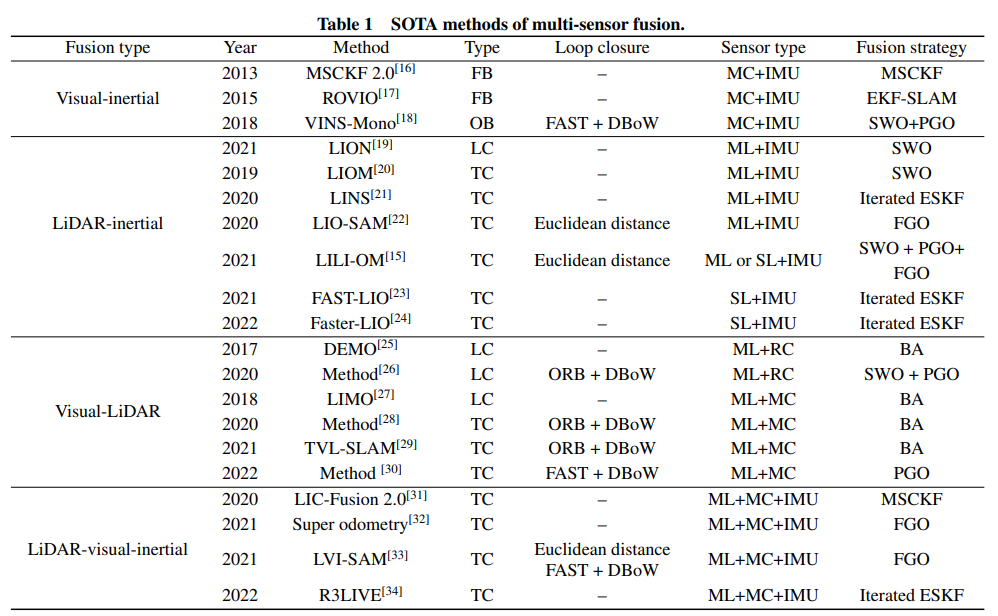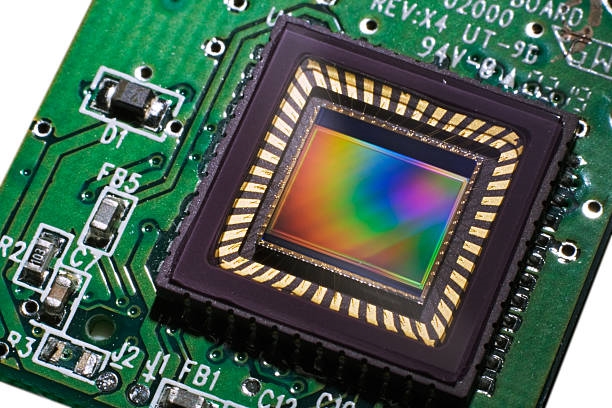The Osprey active electronically scanned array (AESA) radar equips the U.S. Navy¡¯s MQ-8C Fire Scout unmanned helicopter, enhancing surveillance capabilities from naval combat ships. This radar enables long-range threat detection, even in adverse conditions, and is designed for integration with the Littoral Combat Ship, supporting a wide range of operational missions.
Overview of the Osprey Radar
The Osprey radar, a second-generation AESA system, is the primary airborne sensor for the MQ-8C Fire Scout. It succeeds the mechanically scanned Seaspray radar, which provided high-performance surveillance for military and paramilitary users for over four decades. The Osprey employs compact processors and multi-channel receivers, utilizing wide-azimuth and elevation electronic scanning with fixed antennas, eliminating mechanical moving parts. This design reduces maintenance costs and enhances reliability compared to traditional radars.
The radar¡¯s planar array is integrated within the helicopter¡¯s mold line, avoiding external pods or large radomes. Its lightweight pod houses all components, and the open architecture allows the U.S. Navy to install custom software, ensuring flexibility for future upgrades. The two-panel configuration provides a 240¡ã instantaneous field of view, supporting digital modes such as weather detection, air-to-air targeting, and ground moving target indication (GMTI).
Key Advantages
The Osprey radar offers several advanced features, making it suitable for complex operational environments, including coastal regions:
- Superior maritime surveillance with small target tracking mode (STM).
- High-resolution, wide-swath synthetic aperture radar (SAR) imaging.
- Low radar cross-section (RCS) detection, minimal detectable velocity (MDV), and multi-channel moving target indication (MTI).
- Air-to-air surveillance, tracking, and interception capabilities.
- Instantaneous multi-mode interleaving for simultaneous operations.
- High-altitude detection of challenging targets.
- High reliability for sustained operations.
- Flexible configuration, installation, and integration with multiple fixed antennas.
- Unobstructed 360¡ã coverage with customizable antenna sizes.
- Open-standard interfaces for seamless system integration.
- Compact, lightweight, and replaceable components.
Core Features
The Osprey radar excels in multi-domain operations, covering maritime, terrestrial, and air environments. It provides:
- Maritime Surveillance: High-performance tracking of small and elusive targets in challenging sea conditions.
- Terrestrial Surveillance: Wide-area, high-resolution ground mapping and detection of small, low-speed ground targets.
- Air-to-Air Capabilities: Robust surveillance, tracking, and interception of airborne targets.
Its rapid mode interleaving and independent beam control enable versatile operation in complex environments. The radar¡¯s small size, weight, and power (SWaP) requirements make it compatible with unmanned aerial systems (UAS), supporting additional antennas, sensors, or weapons. Up to four fixed antennas can be installed, adapting to varied terrains and ensuring high reliability for continuous surveillance and line-of-sight (LoS) communication, which optimizes platform fuel efficiency.
Technical Specifications
The Osprey radar¡¯s technical specifications highlight its advanced design and operational capabilities:
- Frequency Band: X-band.
- Scan Coverage: Dependent on antenna configuration, up to 360¡ã with multiple antennas.
- Maximum Range: 200 nautical miles.
- Mean Time Between Critical Failures (MTBcF): Over 2,000 hours.
- Cooling: Air-cooled.
- Weight: Approximately 28 kg (62 lbs) for a single antenna, processor, receiver, and inertial measurement unit, depending on configuration.
- Interfaces: Ethernet, RS422, ARINC 708, ARINC 429, and multiple video output options compatible with mission systems and cockpit displays.
- Dimensions:
- Processor: 200 mm x 125 mm x 230 mm.
- Receiver: 206 mm x 255 mm x 175 mm.
- Antenna: 200 mm x 510 mm x 140 mm.
Functional Capabilities
- Scan and Track: Automatically tracks up to 1,000 targets.
- Target Identification: Supports Automatic Identification System (AIS) and Inverse Synthetic Aperture Radar (ISAR).
- Mode Interleaving: Simultaneous dual-mode operation.
- Maritime Surveillance: Small target detection mode for sea surface monitoring.
- SAR Mapping: High-resolution strip and spot mapping for wide-area terrain analysis.
- Moving Target Detection: Ground, maritime, and air moving target indication, including air-to-air interception.
- Navigation: Continental identification.
- Weather and Turbulence Detection: Identifies meteorological conditions and turbulence.
- Beacon Detection: Locates search and rescue transponders (SART).
- Target Imaging/Classification: ISAR and range profiling.
The radar¡¯s electronic scanning enables simultaneous multi-domain wide-area searches, focused tracking of targets of interest, and ultra-fast beam scanning, improving clutter suppression and detection performance. During UAS operations within line-of-sight data link ranges, the radar supports sustained high-altitude scanning.
Reliability and Cost Efficiency
The AESA design ensures resilience against single-component failures. Unlike traditional radar systems, a component failure in the Osprey¡¯s array results in degraded performance rather than complete system failure, maintaining high operational availability. This reliability reduces maintenance demands and spare parts requirements, offering significant lifecycle cost savings.
The Osprey radar¡¯s compact, air-cooled, and lightweight design, combined with open-standard interfaces, simplifies integration into various platforms, including helicopters and fixed-wing aircraft. Its high reliability, flexible configuration, and advanced multi-mode capabilities make it a critical asset for modern naval surveillance and combat operations.
 ALLPCB
ALLPCB






